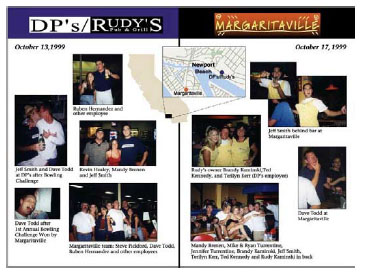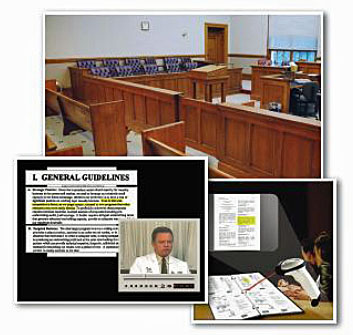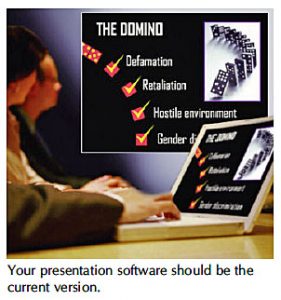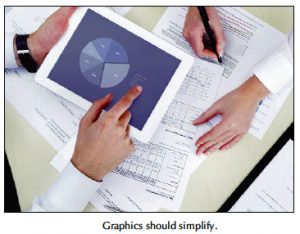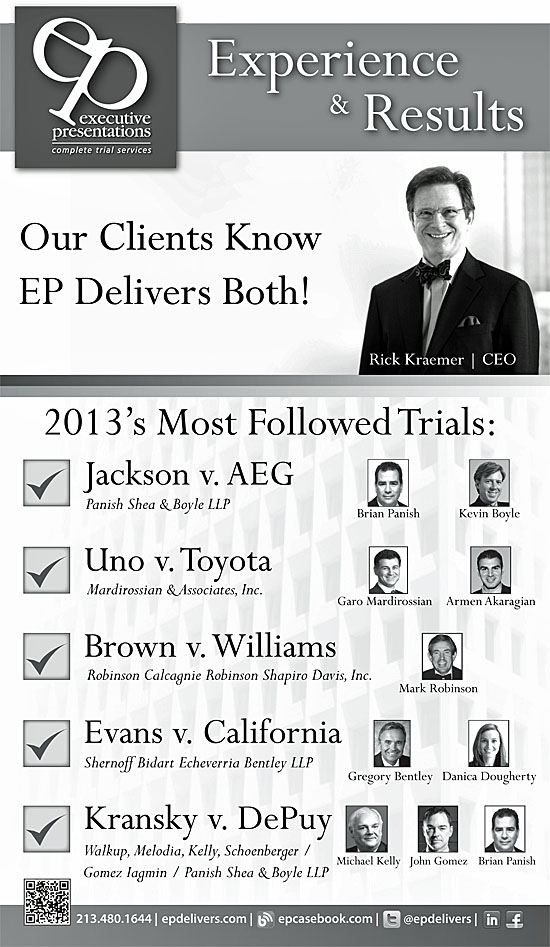March 15, 2012
The six fundamentals of effectively conveying damages By Rick Kraemer and Alma Hawk In the last 15 years we have had the opportunity to work with Southern California’s most accomplished lawyers, both plaintiff and defense. Good lawyers realize that one of the keys to obtaining a successful verdict is taking the time to prepare the visual presentation of the case. Judges and juries appreciate damages presented in a concise, compelling and visually appealing format. While lawyers are very skilled in verbal argument, jurors as their audience, best absorb information visually. To effectively convey damages, a presentation should give a clear understanding of who & what was involved, where & when the events happened, and how the injury or series of events could have been prevented. All of this leads us to the why. Why should substantial damages be awarded? WHO In a decision to award damages, a judge or jury should personally identify with the plaintiff(s). By presenting a photo collage, we are able to construct a compelling portrait of the parties affected by the injury. It is important to have a client or family member involved in selecting these photos. When testifying, the demonstrative evidence will be more powerful […]

